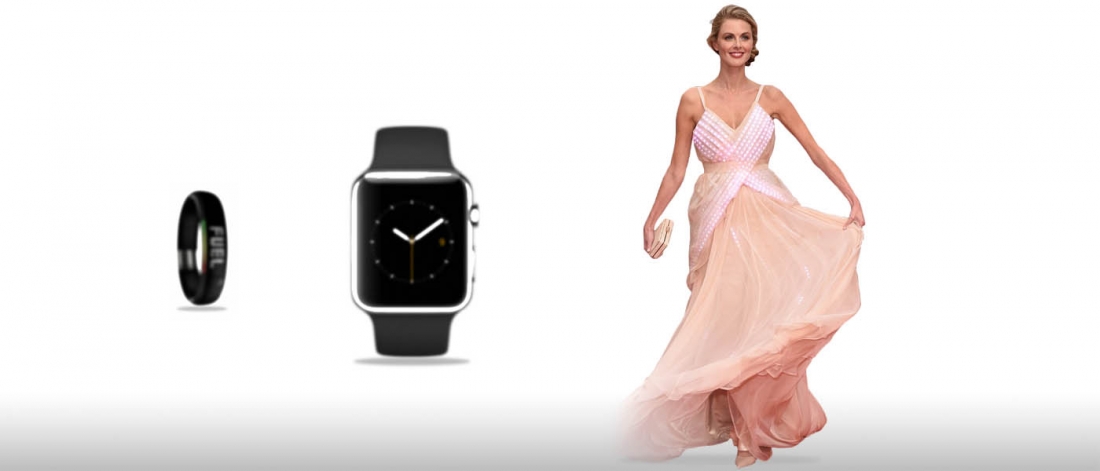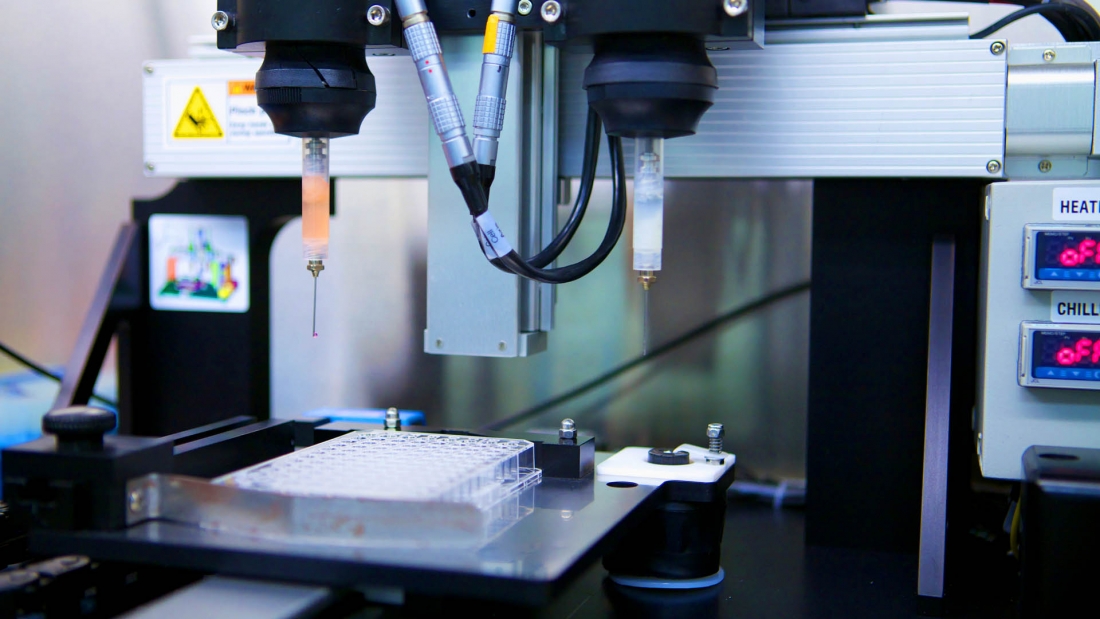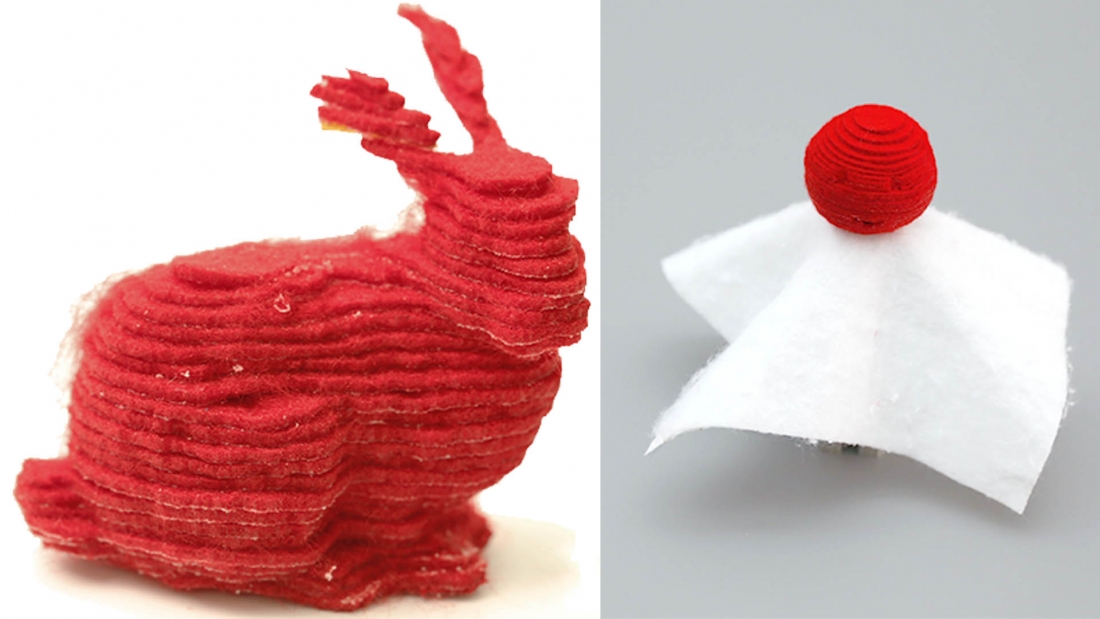MIT Develops Method To Easily Tweak 3D Printable Designs
If 3D printing is ever to become mainstream, especially for fashion, there needs to be a way to make simple tweaks to designs. Whether it is to switch from a v-neck to a crew, change heel hight, or alter a shirt size, customization is key. Currently the process entails editing complicated CAD files and then waiting for the software to determine if those changes will result a feasible object. But researchers at MIT have found a method to make altering the CAD files much simpler and consumer friendly. Designs are displayed along with sliders that allow you to alter predefined perimeters. Even better, the software analyzes your choices in realtime and will not allow you to select a combination of setting that would result in an infeasible object.
While the example from MIT shows off customizations to toy train, it is easy to see how important this technology will be for printing clothing and accessories at home. Unlike a vase or a toy car, fashion is almost never a one-size-fits-all business; there needs to be an ability for 3D printable fashion to be customized by anyone. MIT has created a vital element for on-demand manufacturing to succeed. This is not the only 3D printing news out of MIT this month. The university has also discovered a way to print with glass, print with 10 materials simultaneously, and print directly onto and around objects placed on a printer bed.
Continue reading










